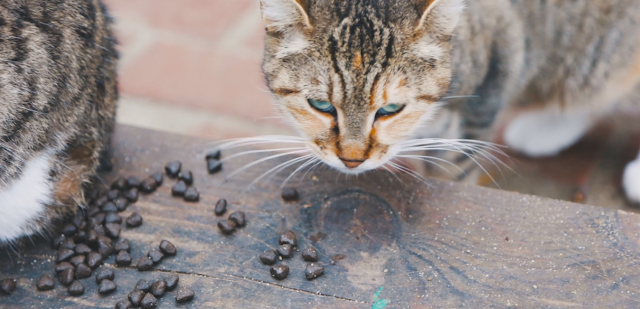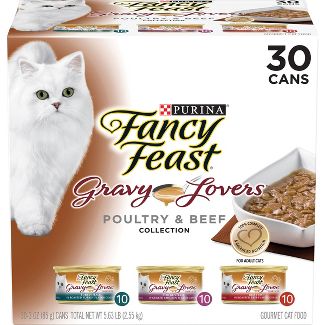As the owner of a 10-year-old cat- overwhelmed by the options out there from grain-free and also raw to human-grade and freeze-dried-- vet Brennen McKenzie, who blogs concerning science-based pet dog treatment at the Skepta Vet, might help place your mind at simplicity: "The fact is that there is no one 'right' food, as well as a lot of cats can flourish on a broad range of available diet plans," he says. "Contrasted to the slipshod diet plan of whatever target and scavenged dead things that feral felines can find, our animals have an outstanding source of nourishment in traditional business feline foods."
Also, with that soothing advice, there are still hundreds of feline food formulas to choose from, so I asked McKenzie and 11 other experts to assist me via the different alternatives and clarify why a cat proprietor could choose one brand name or kind of food over one more. As clarified in the criteria below, several identifying variables will depend upon your cat's specific requirements (frequently identified by their age). In contrast, others are much more subjective (as cat owners recognize, finicky felines commonly have their mysterious preferences).
Utilize the web links listed below to navigate to the type of cat food you're seeking, and have a look at our complete requirements right here.
Best overall cat food | Best meat-in-gravy cat food | Best (less expensive) meat-in-gravy cat food | Best shredded cat food | Best cat food for sensitive stomachs | Best food for purebred cats | Best human-grade cat food | Best raw food for cats | Best food for senior cats | Best cat food for kittens | Best (less expensive) cat food for kittens
Overall, the best cat food
Purina Pro Plan Classic Adult True Nature Natural Turkey & Chicken Entree Grain-Free Canned Cat Food
Best meat-in-gravy cat food
Best (less expensive) meat-in-gravy cat food
Best shredded cat food
Adult | Very high protein, low fat, very low carb | Wet, shredded | Approx. $0.68 per ounce
What we’re looking for?
Nutritional breakdown:
There is no nutrition label on your cat's food that breaks down the particular quantities of carbohydrates, fat, and protein it contains like there is on human food. AAFCO-compliant foods, according to McKenzie, are acceptable since they provide enough amounts of all macronutrients. Individual cats all have varying demands, and "almost all commercial diets fit within these ranges," the author notes.





